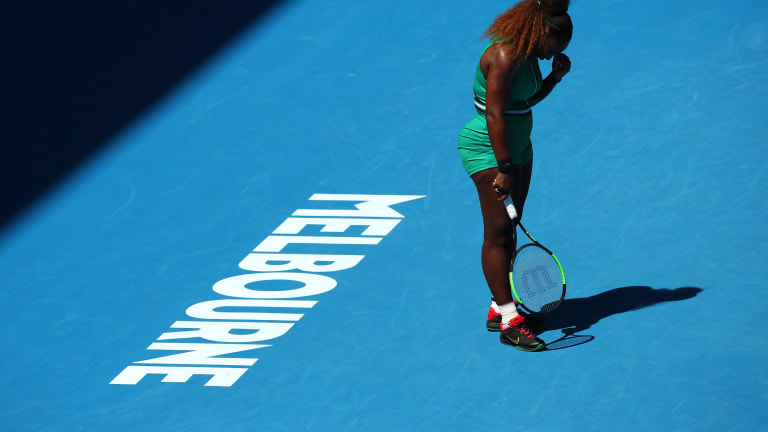Australian Open
Down 1-5 in third set, Pliskova comes back to stun Serena in Melbourne
By Jan 23, 2019Australian Open
Jannik Sinner does it his way: He chose tennis over skiing and selected his new coaching team
By Jan 31, 2024Australian Open
The State of the ATP: What we learned from the 2024 Australian Open
By Jan 30, 2024Australian Open
'Grandissimo': Italian Premier Giorgia Meloni welcomes home Australian Open champion Jannik Sinner
By Jan 30, 2024Australian Open
The State of the WTA: What we learned from the 2024 Australian Open
By Jan 30, 2024Australian Open
The doubles mastery, and radical fun, of Hsieh Su-Wei
By Jan 29, 2024Australian Open
Pope Francis congratulates Italy after tennis player Jannik Sinner wins the Australian Open
By Jan 29, 2024Australian Open
'I like to dance in the pressure storm,' Jannik Sinner says ... and he did just that in his Australian Open triumph
By Jan 28, 2024Australian Open
First of many? Jannik Sinner's five-set comeback sinks Daniil Medvedev in Australian Open final
By Jan 28, 2024Australian Open
Soccer-mad Italy is now obsessed with tennis player Jannik Sinner after his Australian Open title
By Jan 28, 2024Australian Open
Down 1-5 in third set, Pliskova comes back to stun Serena in Melbourne
Serena tweaked her ankle on match point at 5-1, but she still squandered another three match points.
Published Jan 23, 2019
Advertising

Down 1-5 in third set, Pliskova comes back to stun Serena in Melbourne
© 2019 Getty Images
Advertising

Down 1-5 in third set, Pliskova comes back to stun Serena in Melbourne